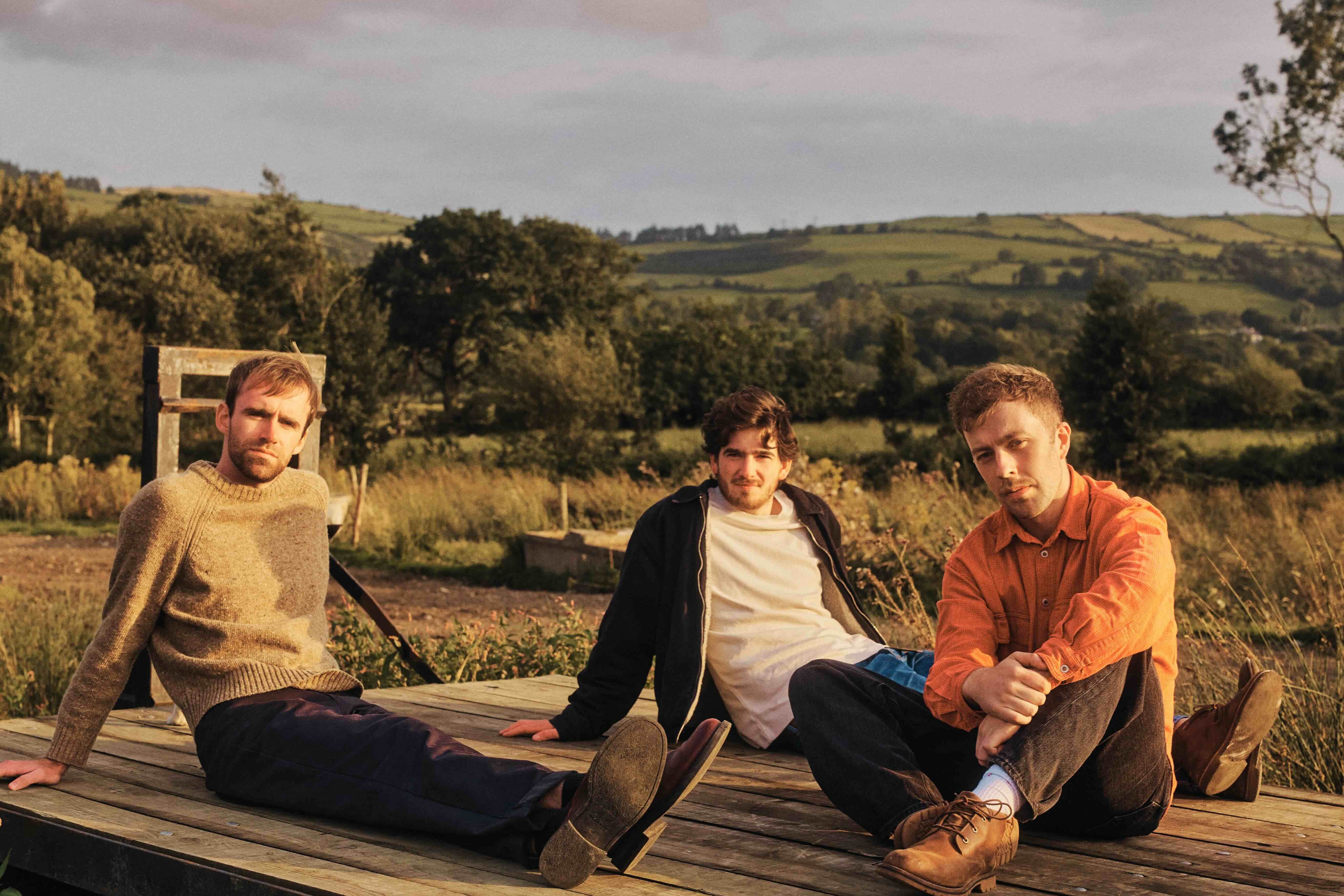A new way of authenticating authorship in the rapidly emerging era of artificial intelligence (AI) has won Seán O’Sullivan, a fifth year student at Coláiste Chiaráin in Croom, Co Limerick, the overall award at this year’s BT Young Scientist & Technology Exhibition.
The line between human-written and AI-generated text has blurred since OpenAI released ChatGPT in November 2022, leaving academics and others searching for a reliable method to discern “true” human authorship.
Seán considered the challenges of author verification in the context of significant improvements in “large language models” like ChatGPT and developed a novel approach to authentication that identifies stylistic differences to verify authorship.
Speaking to The Irish Times after he was presented with the award at Dublin’s RDS by Minister for Education Norma Foley, the 17-year-old said his VerifyMe system should prove useful in academia but could also have wider applications. His father Ger O’Sullivan is principal of Coláiste Chiaráin.
READ MORE
When given past examples of an author’s writing, and presented with a new piece, it is able to decide whether it’s written by the same author or not. It is three times more accurate than currently available checking systems, he said.
[ 2024 Young Scientist winnersOpens in new window ]
It was shown to have 85 per cent accuracy in detecting human content, significantly more reliable than other AI detection systems. On the morning of testing he said he was “incredibly surprised” by the outcome.
He has decided not to patent VerifyMe as he believed such technology should be “open source” by default and freely available. “If anything, I would be flattered if someone took this approach and built it forward because I believe it’s is the future of not just AI but general authorship attribution.”
Chair of the technology group judging panel, Leonard Hobbs said: “The judges were hugely impressed by Sean’s innovative approach to addressing a problem that has only recently emerged and his programming skills in architecting a complex software solution.”
Seán said he was always grateful for the opportunity to discuss his research with his physics teacher, Edel Farrell. It is his third time taking part in the competition.
“AI is developing so quickly that it has moved from very detectable, predictable language to being able to articulate and create compelling stories. It’s able to win poetry competitions. AI is going to be indistinguishable from human writing incredibly soon,” he predicted.
“So the next step, I believe, is instead of chasing this target that is becoming unattainable now, as seen from these AI content detectors, is to turn around and focus on individual authors who through the field of stylometry have been shown to have distinctive styles.”
Ever since Chat GPT was released with its ability to answer complex questions within seconds it has captivated his attention, he said.
More than 1,100 students featured in the final stages of the 2024 exhibition at Dublin’s RDS, where 550 projects from 219 schools were on display.
Abigail and Erica O’Brien Murray, twins and sixth year students at Loreto Secondary School, Balbriggan, Co Dublin, and Olivia O’Shea won the best group prize with their project on saving the common Ash, Ireland’s tallest native tree.
Building on research last year, when they won the group runner-up prize, they investigated the interplay of two hormones that are part of a plant’s natural defensive system against disease, and their impact on the fungus that causes Ash dieback, which has devastated upwards of 90 per cent of Ash trees.
Their previous research showed a positive impact but they perfected the best ratio of jasmonic and salicylic acids to apply. With the help of teacher Donal Toomey, they tested effectiveness in laboratory conditions and set up a field lab at the back of their school where they evaluated applications on 90 small ash trees, using “microinjections” into the trunk and topical leaf treatment.
Their formulation and treatment technique has the ability to reduce disease by 80 per cent. The idea emerged after Erica completed a botany course during transition year.
“We think something should be done; we cannot just give up on our trees,” she added.
The runner-up in the individual category went to Philippa McIntosh of Bandon Grammar School, Co Cork, who analysed the readability of the Junior Cycle Maths exam for dyslexic students.
Having struggled with the exam last year because of having the condition and realising afterwards questions were doable, the transition year student applied readability formulas to Project Maths questions, and proved they were twice as difficult for dyslexic students.
This was compared to the readability of GSCE exams in the UK which were much easier, yet “essentially the same curriculum”.
Sisters Ciara Murphy and Saoirse Murphy, of Presentation College Tralee, Co Kerry, won the group runner-up prize, for their ACT smartphone app designed to improve responsiveness in medical emergencies at community level. It is designed to maximise available information including personal medical details and to provide treatment guidelines – but also to be effective through linking to emergency services.
Ciara, who is transition year, said their app was shown to significantly improve outcomes in emergencies in their area. “Its aim is to cultivate a culture of readiness”, she said.
ACT cuts time in emergencies by having a repository of available advice and assessment tools, such as when someone collapse, said Saoirse, who in second year. They have patented their App and hope it will be adopted by the National Emergency Operations Centre and rolled out across the country.
The Science for Development Award, sponsored by Irish Aid and organised annually by Self Help Africa, was presented to Rachel Hamm and Ella Ryan of Moate Community School, who developed a sustainable approach to wound care using “banana bandages”, made using the skins of the fruit.
The Founders Medal Award was issued to the chair of the judging panel, Prof Pat Guiry of University College Dublin.
Commenting on the 60th staging of the exhibition, Shay Walsh, managing director of BT Ireland, which organises the exhibition, said: “I have been lucky enough to be involved in the exhibition for almost a quarter of a century, since BT first became custodians. Being able to see first-hand the creativity and innovation of Ireland’s future leaders has been a real privilege. This year’s competition has been no exception with projects seeking to address real-world issues involving AI, health, and sustainability to name but a few.”
- Sign up for push alerts and have the best news, analysis and comment delivered directly to your phone
- Find The Irish Times on WhatsApp and stay up to date
- Our In The News podcast is now published daily – Find the latest episode here












